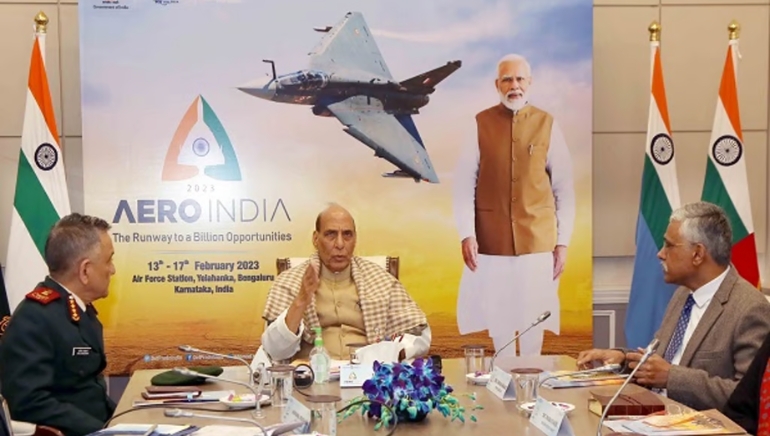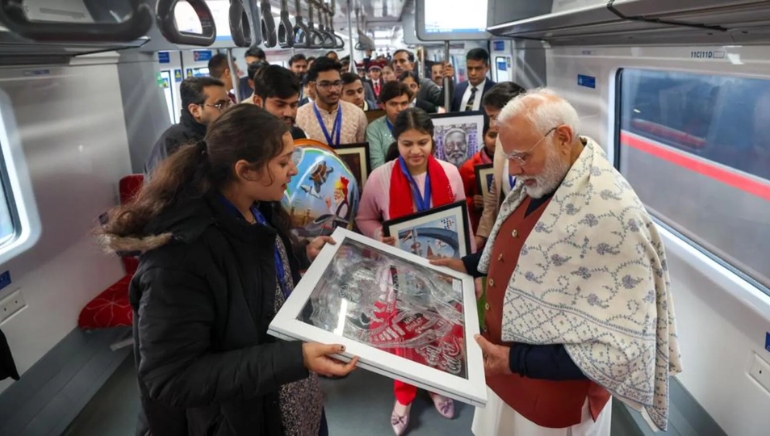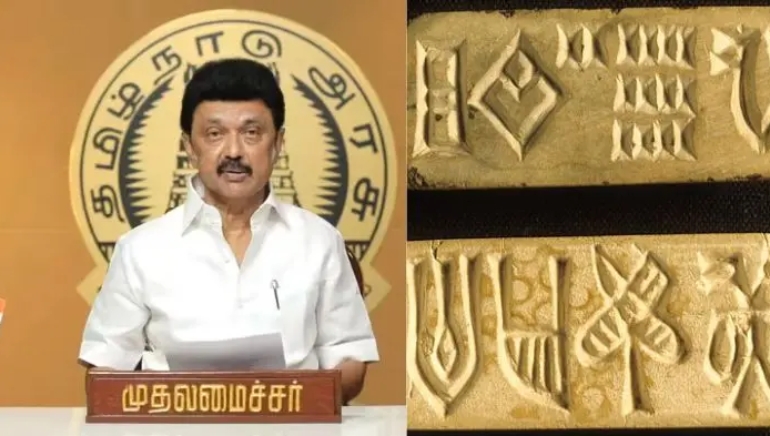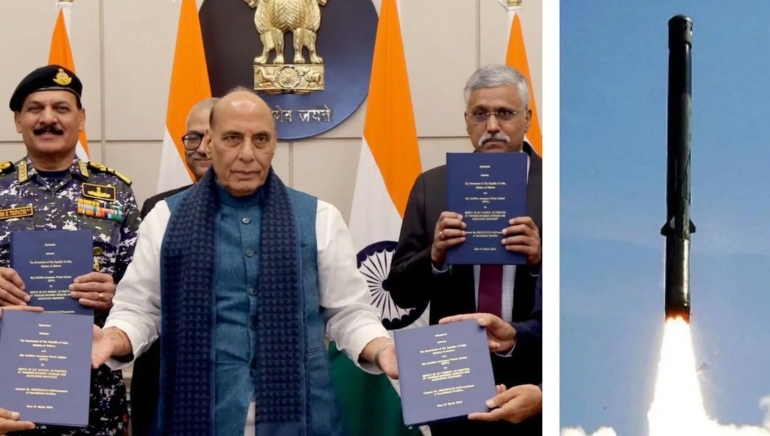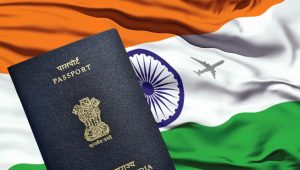Defence Minister Rajnath Singh will preside over the ambassadors’ round-table conference in New Delhi on January 10, which is a critical milestone in the preparations for the 15th edition of Aero India. Aero India, Asia’s greatest aerospace and defence exhibition, is scheduled to take place from February 10 to 14, 2025, at the Air Force Station in Yelahanka, Bengaluru.
The summit will emphasize important event highlights, showcasing India’s superior defence and aerospace capabilities while also building strategic connections with global players.
The round table, which will include envoys from over 150 countries, will provide a comprehensive assessment of Aero India’s agenda. The event will feature air shows, exhibitions, the Defense Ministers’ Conclave, a CEO roundtable, and the iDEX start-up expo.
Furthermore, the India Pavilion and an international trade exhibition will bring together major aerospace companies, providing opportunities for collaboration and knowledge sharing.
With the theme “The Runway to a Billion Opportunities,” Aero India hopes to promote cutting-edge technology and innovation. The first three days are intended for businesses to network and discuss trends, while the final two days will feature public exhibitions showcasing technical developments.





